Introduction to Fashion Photography
This lesson will guide you through the introduction part of this fashion photography course where you will learn where to get your ideas and how to deploy them in order to make your first fashion photos attractive and fun.
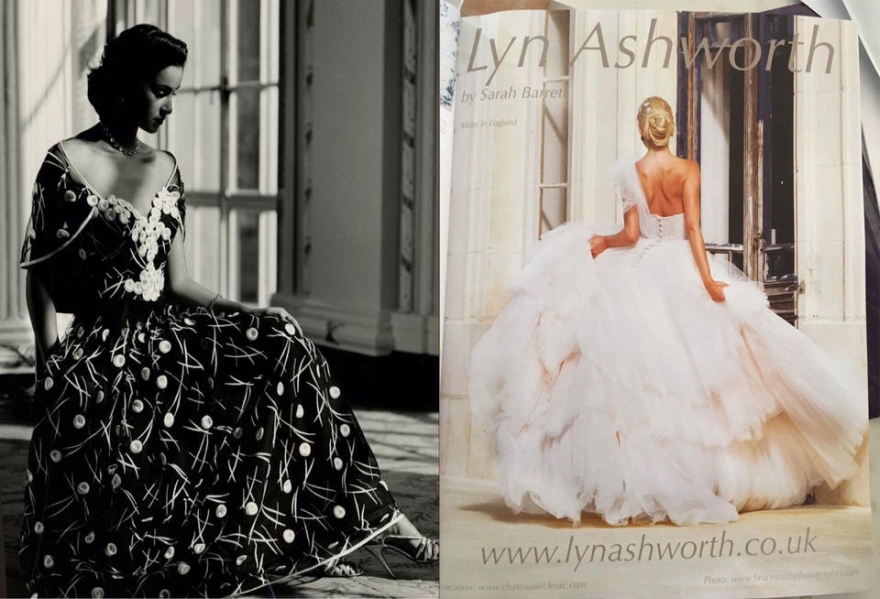
Table of Contents
- Getting Started,
- Research Your Ideas From Magazines
- Your Assignement: Magazine Research For Ideas
1. Getting Started
Several years ago, I met a fellow photographer – Albeit, he was an amateur, he was a very good one (the difference is not always the quality of the work . The difference is that one does it for love, the other does it for money). He is now a new friend and fellow photographer named Marco, an Italian. His day job is as the top children’s heart surgeon in the UK. His passion for photographing people takes him all over the world, seeking out that special face, interesting enough to be captured on film or digital file.
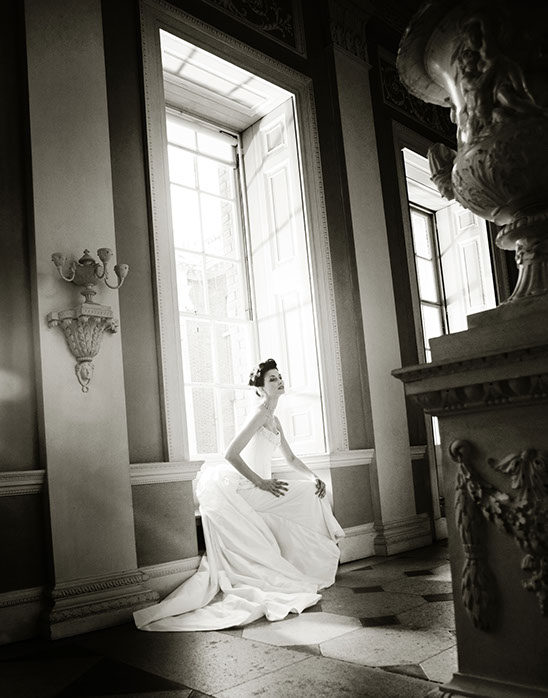
I invited Marco to bring his images to my studio for a chat over coffee, during which Marco asked me if I would like visit his photographic society to meet the other members and discuss the possibility of me giving a talk about my fashion photography. I said to Marco,
“Whatever will I talk about?”
Well, first off, he said, there is something very magical in the expressions of my models and in the atmosphere of my fashion, beauty, portraits and nudes photography pictures that he would love to have in his own photographs. He asked me how do I achieve this.
Shocked at his remark, I said, “No, I can’t, because I don’t know myself.”
During my visit to Royal Photographic Society camera club, we arranged for my talk to take place nearly 9 months later, so I had time to think about my talk and to get myself prepared.
For days, I looked at my work and examined myself whilst shooting my fashion photography assignments. It was not until maybe 6 months later whilst photographing a bridal-wear collection for one of my clients that something clicked. I had decided that I would like to start shooting with wider lenses to change the style of my bridal-wear pictures. I shoot for so many bridal-wear designers, so I have to make their fashion images look and feel very different to each other. It also helps to use a short zoom, because during most of my shoots, I can take a variety of images from full length to portrait shots from the same position, so my client gets much more usage out of the shots re publications and options for different layouts.
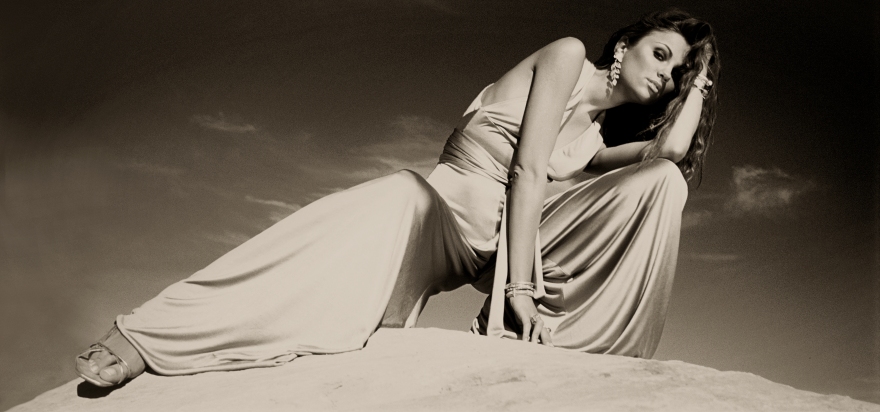
While moving in closer to my model during my next bridal wear fashion photography shoot, I noticed a big difference in the expressions in her face and her body language – they changed and seamed to brighten up with more expression and a sparkle not just in her eyes, as I got closer to my model. I experimented more and began to play with this for the rest of this shoot. Not only could I see better, it also created a much better flow of the positive energy and the general communication between my model and myself.
For years, I have been shooting fashion pictures using medium-length telephotos, at times so far away that my models could not hear me directing them.
During this shoot an amazing thing had happened. I could see, feel and control so much more during my fashion photography shoots. Not to say that I will never use long lenses again, just that for now I prefer the new results that I am getting with wide lenses. In fact, most of my recent projects I have shot with a wide zoom.
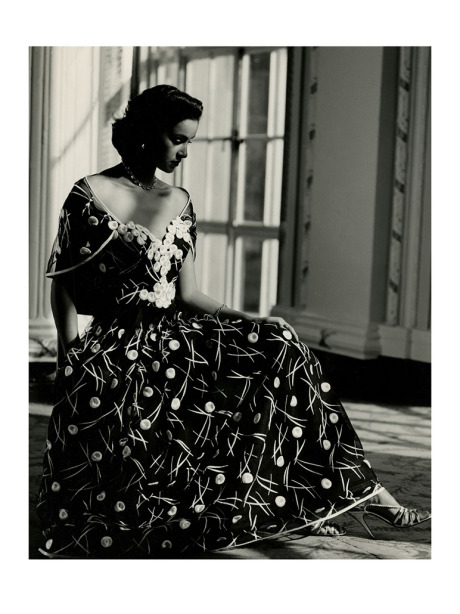
I find that by doing the poses and having the expressions in my face that I want in my images, my models seem to mirror mine. If I act daft, they act daft. If I laugh, they laugh. If I pull a sad face, they pull a sad face – which always makes them smile and some times laugh but with me not at me, you have to witness this to really understand.
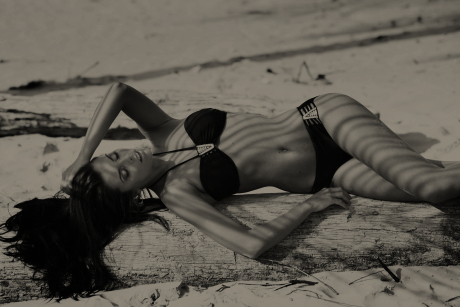
Since this experiment, I have been adapting my directions to my models in much the same way, obviously changing my energy levels to match the levels I want in my pictures. If I want a nice soft and gentle feel, I express this in my voice and my manor and my body. If I want high energy, I do high energy. If I want my model to leap, I will leap.
Think about this as if you were a conductor. The next time you attend a concert, watch him or her, and watch the orchestra. They mirror him – fast tempo, slow tempo, and medium tempo. You can do the same with your models.
Fashion pictures for me have RHYTHM and TEMPO. If you want to express high energy or tempo in a picture, the shoot has to be high energy or tempo, or visa- versa. I look at pictures and sometimes wonder how boring the shoot must have been. I love to change the tempo up and down whilst I’m shooting, I would hate it if anyone viewing my pictures did not feel this energy. This is why I strive to make my shoots exciting for myself, my model, the other members of my team, and, most important, for my clients.
As a photographer, you are the conductor, your models are your orchestra, and your clients or viewers of the pictures are the audience. So you have to direct and entertain. Your performance will reflect in your pictures.
I want you to try a little experiment.
The next time you have people over to your house or you get a moment with some people at work, pick a volunteer. Face each other, one or two feet apart, don’t speak, and don’t look at each other. In fact, do your best to imagine they are not there. Stay like this for 30 seconds and remember how this feels. Stay in this position but hold each other’s hands, look into each other’s eyes, smile at each other, don’t speak. Instead of imagining they are not there, do the opposite. Try and send them all of your good energy. Stay like this for 30 seconds. Remember how this feels, and compare the feelings. Ask your friend or colleague and the others to explain how it felt for them.
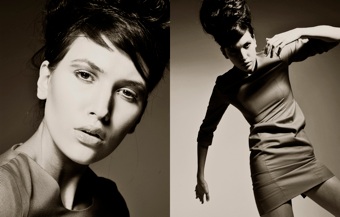
The next time you are shooting fashion, portraits, nudes or people pictures, remember all of these feelings.
2. Research Your Fashion Photography Ideas from Magazines
Good sources for ideas are the fashion magazines: Beg, borrow, or buy them all. Then select the ones that are of interest to you, so you can plan you images to suit your interest. Magazines are all different, so keep looking at their fashion spreads and the advertising images for fashion or fashion-based products like perfumes and cosmetics, etc. Build up a collection of tears (pages torn out of the magazines) that you feel you would have been proud to have taken or that you would like to try and copy. Copy, you say? I don’t copy … but the best way to learn is to emulate the work of other photographers whose pictures you admire. Eventually, your own style will develop.

Some of the world’s greatest artists will have started as apprentice to an older and greater artist, so their work will have expressed similarities to their mentor – so
you can do the same. Also remember: There’s not a lot that’s new – especially in the fashion business. Styles, colors, and lengths all go into and out of fashion. The same with photography.
If you want to shoot for magazines, your style has to reflect modern Mode, Avante Garde, and Vogue, but also show elements of something different and new. Every shot you take should show your flair and your passion for photography and fashion. This takes time to develop. The best way to discover is to explore. Every shoot that I do is an exploration in form, line, pattern, color, and emotion. All of which you as a fashion photographer will have to explore for yourself, and the only way to find this is to get your feet wet and to jump in. SHOOT, SHOOT, SHOOT! The fashion business is fast and changes every 4 to 6 weeks.
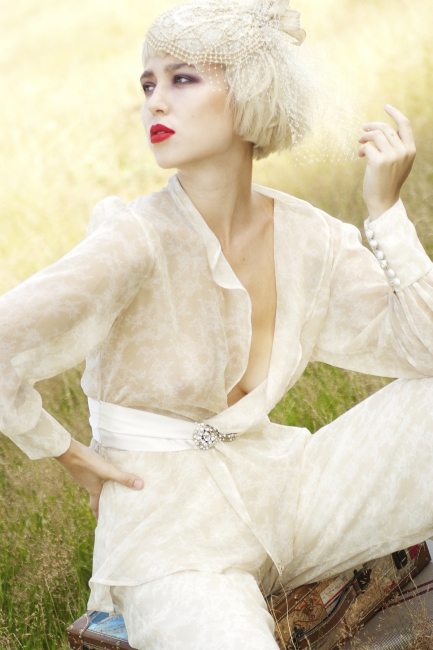
Look in the windows of the fashion chains. The displays will be different. Before fashion is displayed in shop windows, it will have been reflected in the magazines that create the demand that encourages us to be FASHIONABLE, TRENDY, CHIC, etc. As a fashion photographer, you are a part of this whether you are shooting fashion for the magazines, the catalogues, or for advertising.
3. Your Fashion Photography Assignment: Magazine Research Ideas
In preparation for your final assignment and to help you with your first test shoot, buy or borrow some fashion magazines. If you’re not familiar with doing this (guys): Talk to your sisters, daughter, or other relatives. If you wish to shoot men’s fashion, do the same in reverse. Take a trip to your news agent, bookstore, or magazine stall, and browse the shelves. I have spent many hours looking through the various choices of mags. Magazines are carefully positioned to relate to markets of fashion interest, so if you have a bias of interest to a market sector, take a good look at the fashion magazines that you relate to. You can – if you’re like me – pick the obvious: Vogue, Glamour, Elle, etc. Most important is to be aware of fashion, and within it, the various markets for fashion. Pick an area that suits your interest.
I want you to start collecting tear sheets (i.e., the pages of fashion pictures taken out of the fashion magazines) of shots that you like, admire, or wish you had taken. Don’t forget: If you have borrowed the mags, ask permission to tear pages out of them. Your fashion interest will begin to grow as you view these. Look at the lighting, the locations, the clothes, the models, the rhythm, and the tempo of the shots. Try to understand how the photographer achieved the shots. Make notes for the ideas that you have.
You may not be able to understand things like the lighting at this point. This will develop as time goes on and the more you experiment. For your first shots, I would use only daylight, because getting bogged down with studio flash can be a big problem that can hamper your ability to get lovely shots. If anything is going to go wrong, it will be studio flashes that break down or cables that don’t work.
Although I can light with flash, there is no light better than daylight. Even when shooting with flash, I will try and make it look natural – unless I am using flash as an effect for the pictures.
When you have collected a good selection of tears, start making up a fashion story of your own. You may like to start with a color, then theme your pictures around it. Pick tears that have poses you like, lighting you like, models you like, and locations you like, and think you can find where you live. Most important is to make the story hold together. Think in spreads, then sets of spreads. Most fashion stories have 4, 6, or 8 pages, so your story should be at least 4 pages – i.e., 4 fashion shots, one per page. Or if you prefer, follow these steps for single fashion pictures like the perfume, cosmetics, of fashion ads.
The fashion ads will be shots selected from the collections they have photographed for their brochures and catalogues or single shots taken specifically for their ads.
It is always advisable to have a good idea as to which of these areas you want to work within. As a new photographer, it is unlikely for you to be commissioned to shoot an advertising campaign, but if you have lots of good stories in your book, you may be asked to shoot for a magazine – a great place to get your work published. It’s your showcase, so even if you are not being paid very much – or even nothing – for shooting, the pictures should reflect your style and your skill.
This should show the type of fashion that interests you: sportswear, evening wear, holiday clothes, lingerie, swimwear, couture, young fashions, adventure wear, etc., etc. These tears should show different poses, the location, color, and type of model that you like and suits the story.
Please make notes to help me understand your objectives for the pictures and story.
Note: If you don’t have a scanner, photograph the tears on a digital camera, pin them to a board, and photograph them in a shaded, evenly lit place.
GOOD LUCK… I am looking forward to seeing your ideas develop!
If you have already subscribed to be mentored fashion photography course please submit your 4 tear sheets from this week’s assignment when you have finished to b.s@mac.com.
Live fashion, nude and portrait photography workshops
Held at a stunning chateau location Chateau Fengari (formerly Chateau De Clerac) near Bordeaux, France during 2018.
I have a series of group fashion photography workshops, nude photography workshops and portrait photography workshops, also you can have a private one 2 one photography workshop also held at the chateau, click the image for more more information.
Be mentored through this “Fashion Photography Course”
If you wish to be mentored through out this fashion photography course please send an email to b.s@mac.com to set up dates for your “How To Shoot Fashion Photography” mentored course program. The price for this 8 lesson course is 199 UK Pounds. (Its works out at under 25 UK Pounds per lesson)
Have Fun!
Bruce Smith
FASHION – FINE ART NUDES AND PORTRAIT PHOTOGRAPHER
End of Introduction to Fashion Photography Lesson 1

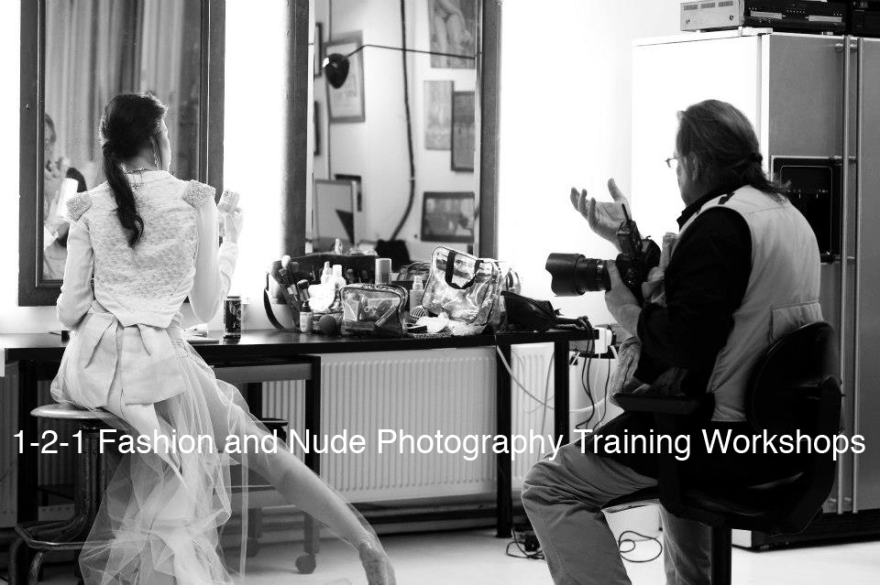
What an amazing article Bruce, and what an amazing man you are for sharing your knowledge and experience, I hope one day I can come and do a course shoot with you I’m sure it will be an amazing experience! Thank you
Kevin
Sent from my iPad
>